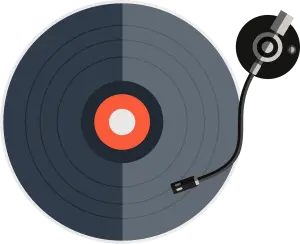Pieces for educational use
For Small Groups

The Emperor and the Nightingale
18 minutes. For flute, violin, viola, cello and narrator. (There is also an optional percussion part). Selected audience members play gong and wind chimes (no rehearsal required). Based on the classic Hans Christian Andersen story.

Tunji and the Giant
18 minutes. An African Folk-tale. For clarinet, violin, viola, cello and narrator. (There is also an optional percussion part). Audience members play rattles and rainstick, or anything African.

The Steadfast Tin Soldier
18 minutes. For percussion (one professional player with standard instruments), violin, viola, cello and narrator. Based on the Hans Christian Andersen story. Many people know this story, as it is featured in the Fantasia 2000 movie (with music from the Shostakovitch Piano Concerto). This version has a happy ending (no one is thrown into the fire).

The Boy Who Cried Wolf
11 minutes. For violin, clarinet, cello, percussion and narrator. Based on the timeless Aesop’s fable. Some audience participation (“Wolf! Wolf!”). We have given the story a happy ending—the wolf does not get the sheep!

The Great Race / The Tortoise and the Hare
15 minutes. For violin, clarinet, cello, percussion and narrator. A natural companion-piece to the Boy Who Cried Wolf. The violin is the hare; the cello is the tortoise.

Jack and the Beanstalk
About 25 minutes. For violin, cello, double bass, percussion and narrator. This classic tale is given a fresh presentation: all dialogue is in verse. A delight for all ages.
